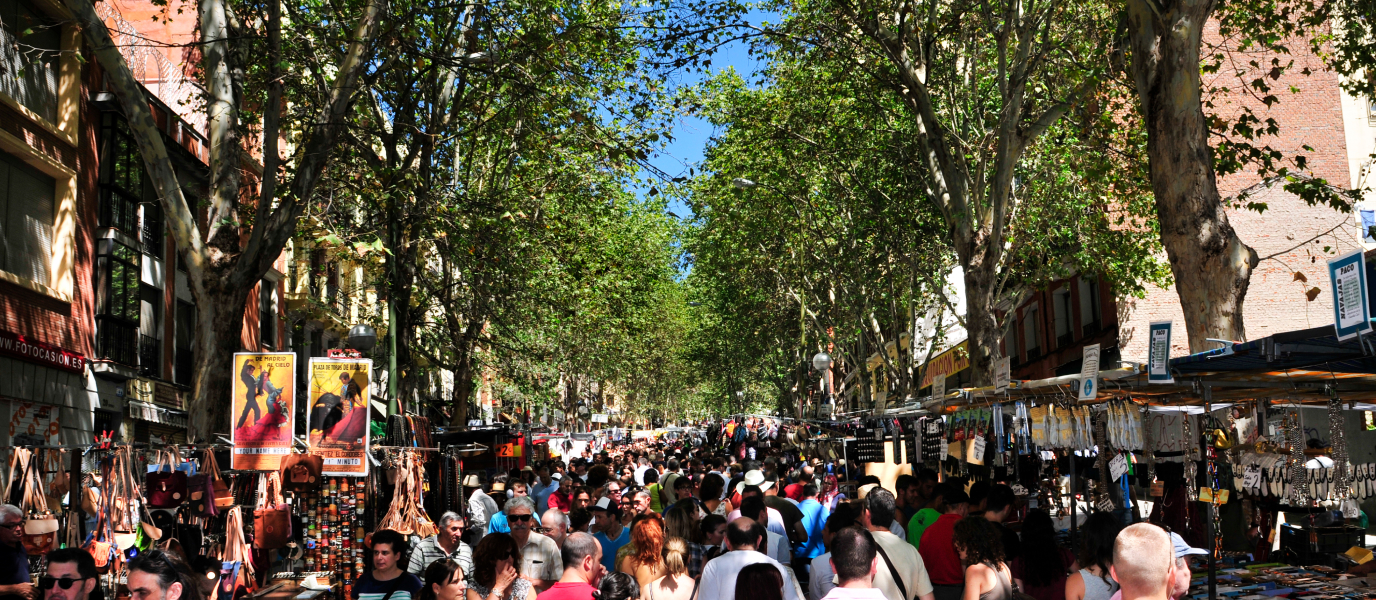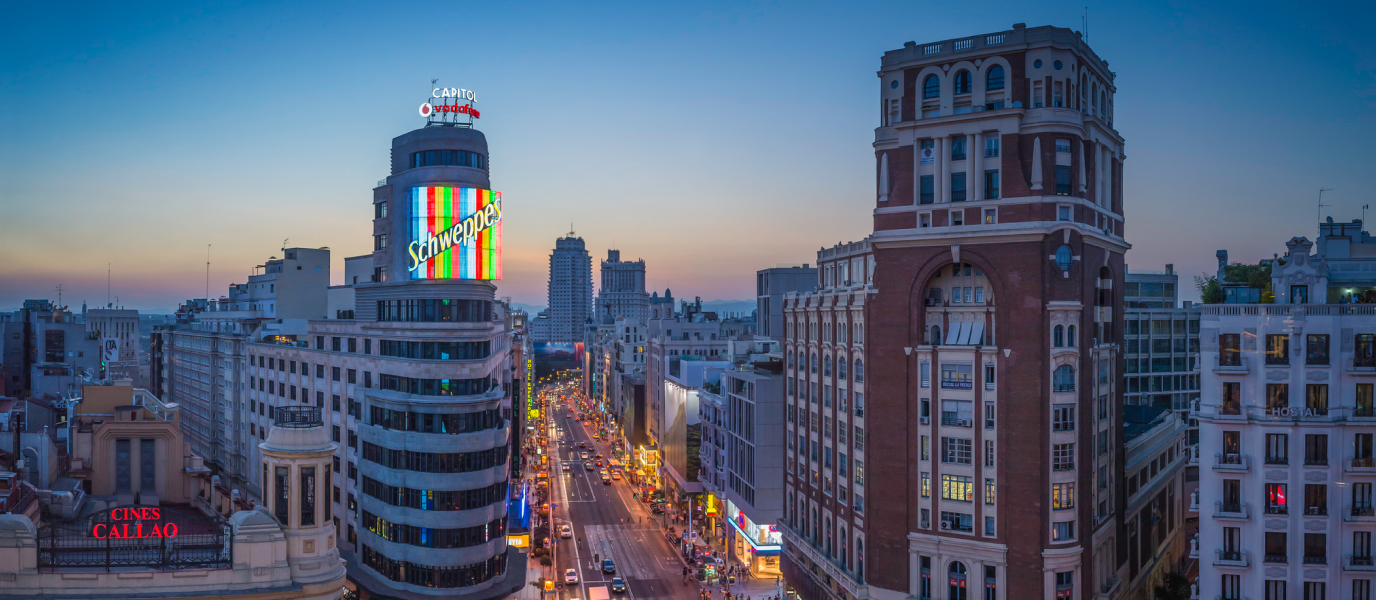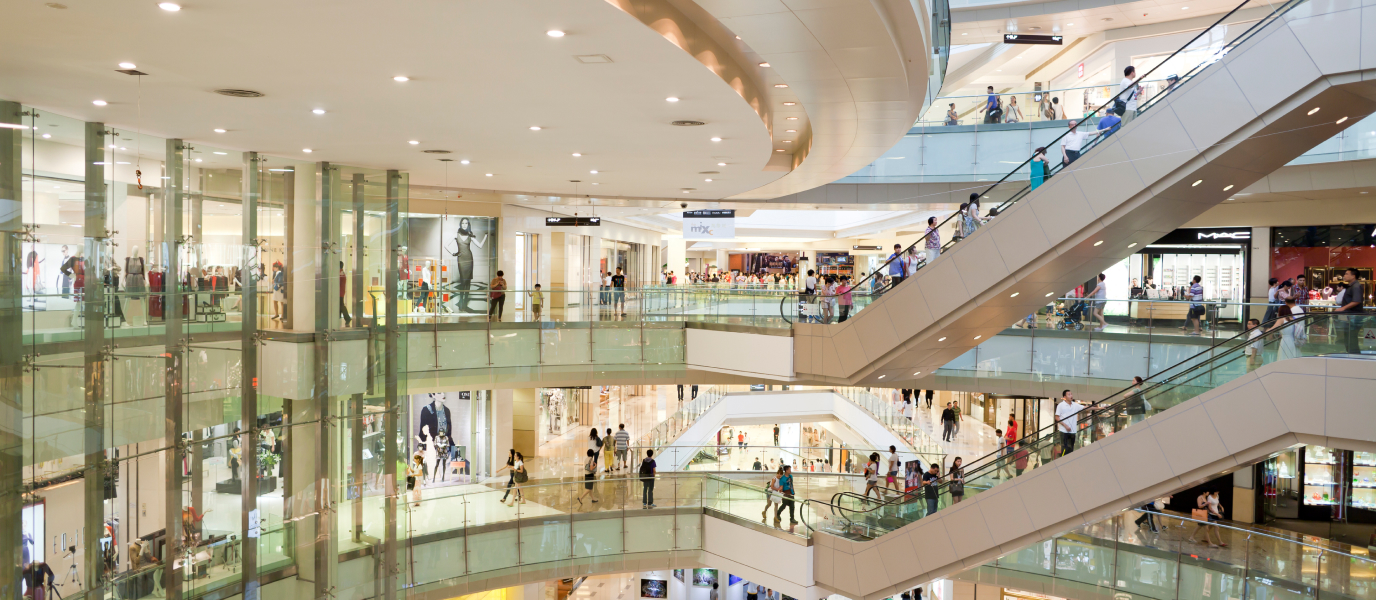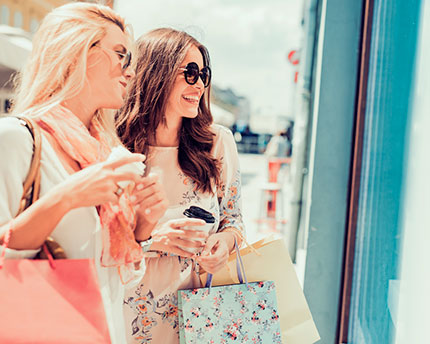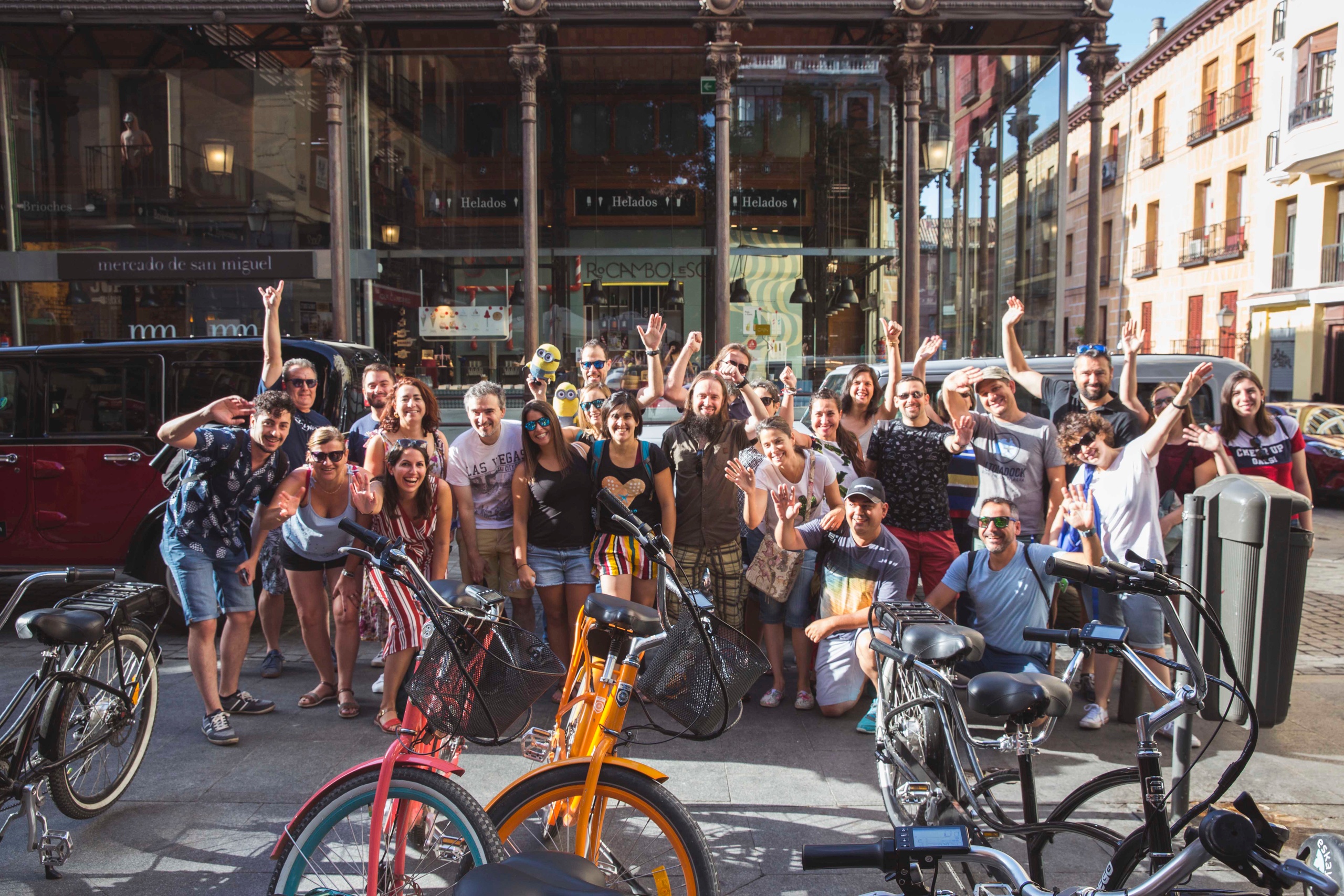During a time when, the fever for weekend markets wasn’t as hot as it is today in cities like Madrid or Barcelona, you could still find decorative objects, antiques and old furniture in El Rastro. This is the most popular and traditional flea market in Madrid, gathering thousands of people on Sundays and holidays that stroll between the different stalls in search of a bargain or a unique treasure to take home.
In this article we will tell you everything there is to know about El Rastro so that you can fully enjoy Madrid’s most popular flea market.
El Rastro: when outdoor stalls take over the streets of Madrid
We could define El Rastro as a flea market from another era. Yes, we are warning you, it is like travelling back into the past, but it has become more and more attractive to those who love modernity due to its diversity, the chances of finding bargains and its vintage fashion. There must be a reason for it! Nevertheless, if you are looking for the most innovative articles as regards to design, clothing and handmade products, don’t worry, we will also be telling you which are the best options. But first, let us explain why you should give El Rastro a chance.
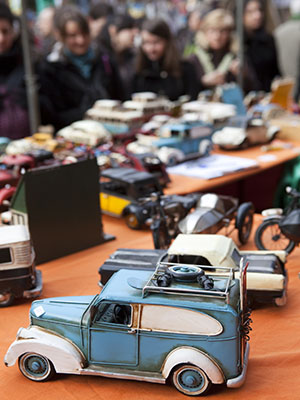
Even though you might not find modern food trucks or an agenda full of workshops, at El Rastro you will instead experience daily scenes that, as you start to immerse yourself into the market’s streets, you will end up loving. We are talking about seeing traditional local people from the capital, such as the man who sells wafers or the shopkeeper who shouts trying to attract potential clients.
Its main axis is the steep Ribera de Curtidores street, between the Ronda de Toledo and the Plaza de Cascorro, although the stalls are also distributed along the surrounding streets. Historians confirm that it was in the seventeenth century when commercial activity began in this area, in the current neighbourhood of Embajadores. Nevertheless, it wasn’t until the seventies when El Rastro flea market became as popular as it is today.
It earns its name from the trail of blood (as rastro means trail) that used to be left by the cattle slaughtered in the slaughterhouse and brought to this part of the city where the tanneries were located. The name of El Rastro’s main street is called Ribera de Curtidores, which literally means ‘bank of tanneries’, referring to the activity that was carried out here.
At an organisational level, the stalls are usually arranged in specific sectors according to what they sell, such as the commonly known ‘calle de los pájaros’ (birds street), where in the past all kinds of animals were sold, or the current San Cayetano street—known by the locals as “calle de los pintores” (paintors street)—, called this way because of its stalls of crafts and art. In the same way, at the General Vara del Rey square you can buy second-hand clothes; at Carlos Arniches street, old books; and at the streets Mira el Río Baja and Mira el Río Alta, cameras and typewriters.
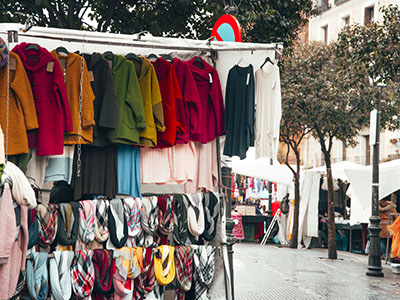
Nevertheless, it is best to walk aimlessly, letting ourselves be guided by our interests. If you want to have a quiet stroll, it is a good idea to go to El Rastro early, at 9:00 AM or 10:00 AM, when you can wonder at your own pace. From 12:00 noon it starts to get more crowded but it’s the perfect moment to experience the flea market at its best. The hour to bargain with the merchants is at 2:00 PM, as it is easier to cut a good deal just as they are starting to close their stall.
On the other hand, and especially during the busiest hours, you must take care of your personal belongings as there are pickpockets about.
Beyond El Rastro: other markets in Madrid for a weekend day-out
In addition to El Rastro, the capital is experiencing a moment of growth as regards alternative markets. More and more neighbourhoods are organising themed markets at weekends, so we have decided to gather some of them for you and provide you with our special selection of markets in Madrid:
- Design Market (Matadero Madrid, paseo de la Chopera, 10). Located in an attractive space as that of the Matadero Municipal de Legazpi, the old municipal slaughterhouse, a contemporary building that stands out for its industrial look. Undoubtedly, it is the perfect place to have, every first weekend of the month, a market that brings together many famous artists and designers. It is carried out in a festive atmosphere, with live music and, this time, with food trucks.
- Nómada Market (Plaza de la Cebada, no number). The Mercado de la Cebada, located in the heart of the La Latina neighbourhood, is the place chosen to exhibit four times a year, coinciding with the beginning of the four seasons of the fashion industry, the creations of many talented and emerging designers. Born in 2005 and, 14 years later, it is still growing after every season. There are also other activities, such as workshops and exhibitions, and has the advantage of being in a food market, so you will always be able to have a bite to eat during the breaks.
- Rave Market. This is a rather unique proposal: a market that is held without a fixed date in different music halls and clubs of the capital and which, above all, promotes recycling. Therefore, at Rave Market you can buy and sell objects you don’t need any more. Their motto makes it very clear: “because everything deserves a second chance”.
- Mercado de Motores (Paseo de las Delicias, 61). The stalls of this vintage market are arranged amongst the wagons of the Railway Museum (Museo del Ferrocarril) offering everything from ecological products to crafts and vintage clothes. All of this in a hipster atmosphere which we are sure you will love.
As you can see, in Madrid there are plenty of shopping plans for the weekend for you to choose from.





























































